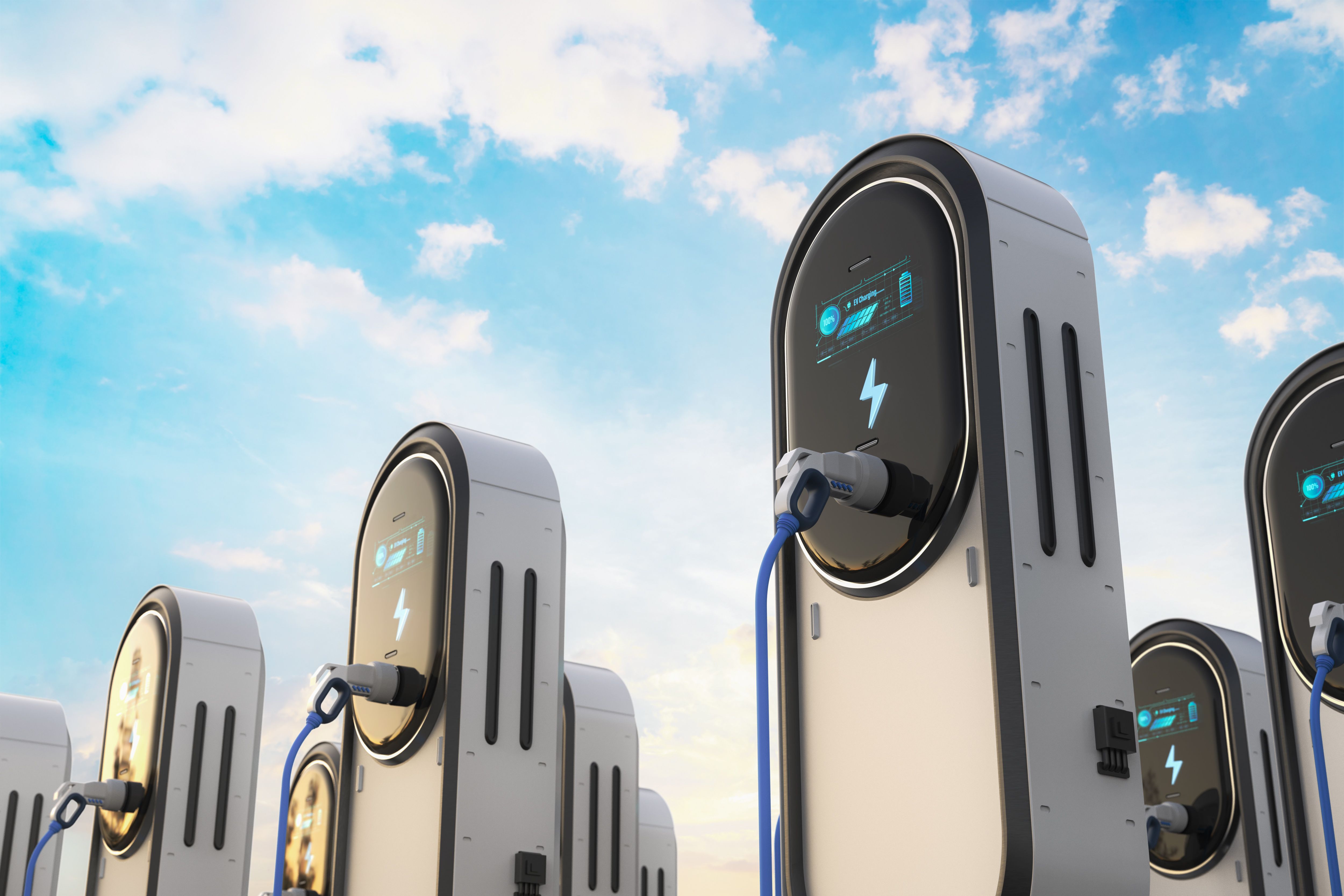Understanding EV Charging and Its Impact on Utility Demand Charges
Understanding EV Charging
The rise of electric vehicles (EVs) is reshaping the way we think about transportation and energy consumption. As more consumers make the switch to electric, understanding the nuances of EV charging becomes crucial, not only for vehicle owners but also for businesses and utility providers. The process involves more than simply plugging in; it impacts the broader energy grid and influences utility demand charges.
At its core, EV charging involves transferring electrical energy from the grid to the vehicle's battery. This process can vary significantly depending on the type of charger used. There are three main types of EV chargers: Level 1, Level 2, and DC Fast Chargers, each with different charging speeds and power requirements. Level 1 chargers use a standard household outlet and are the slowest, while DC Fast Chargers can recharge a vehicle in under an hour but require substantial power.

Impact on Utility Demand Charges
One significant consideration for businesses and large facilities offering EV charging is the impact on utility demand charges. These charges are levied by utility companies based on the peak level of electricity demand over a billing period. As EV charging can significantly increase a facility's electricity usage, it can also lead to higher demand charges if not managed properly. We work with companies like Greenlight Energy to find the right solution for your EV charging facility facotring in the impact on demand charges.
The relationship between EV charging and demand charges presents both challenges and opportunities. For instance, unmanaged charging during peak hours can lead to substantial increases in demand charges. On the other hand, strategic charging management can help mitigate these costs. Implementing smart charging solutions that optimize charging times and use off-peak electricity can reduce the overall impact on demand charges.

Strategies for Managing Demand Charges
To effectively manage demand charges, businesses can employ several strategies. One approach is to install energy storage systems that can store electricity during off-peak times and supply it during peak demand periods. This not only helps in reducing demand charges but also enhances energy independence.
Another strategy is demand response programs, which involve adjusting electricity usage in response to grid signals or price changes. By participating in these programs, businesses can receive incentives for reducing load during peak periods, further offsetting demand charges.
- Implement smart charging solutions.
- Utilize energy storage systems.
- Participate in demand response programs.
The Future of EV Charging and Utility Demand
As the adoption of electric vehicles continues to grow, so too will the importance of understanding their impact on utility demand charges. Innovations in smart grid technology and energy management systems will play a crucial role in balancing the increased load from EVs with existing infrastructure capabilities.
Moreover, as renewable energy sources become more integrated into the grid, there will be additional opportunities to align EV charging with clean energy generation. This alignment not only helps reduce carbon emissions but also offers a way to stabilize the grid by using renewable energy more efficiently.

In conclusion, while EV charging presents challenges regarding utility demand charges, it also offers opportunities for innovation and sustainability. By adopting strategic energy management practices, businesses can effectively navigate these challenges while contributing to a cleaner, more sustainable future.
